I remember when I was younger and I had just bought my first delay pedal. The Boss DD7 digital delay, I was so excited to use it and the moment I got back home from the guitar shop I unboxed my pedal and I was completely flabbergasted when I noticed that the pedal had TWO input jacks and TWO output jacks!
I quickly learned that the input marked "Input A (mono)" and the output marked "Output A (mono)" were the ones that I needed to use in order to make the pedal function the way that I expected it to, but I was eager to bring the pedal in to my next guitar lesson to ask my teacher what the heck was going on.
My teacher informed me that the reason why I needed to use the input and outputs marked "mono" is because my guitar's signal chain was mono. Maybe you've experienced something similar, and maybe this experience, like myself, has led you to investigate what exactly it means to have a mono signal chain, and maybe you're trying to figure out what a stereo signal is and how you can set one up for yourself. If so, well then I'm happy to tell you that this is exactly what I will be getting into in this article right here! Let's begin by clarifying what the word "stereo" can mean when it comes to the wide world of guitar gear.
Stereo Guitars, Stereo Amplifiers and Stereo Effects
If I can give the simplest explanation of what makes something stereo vs. what makes something mono, I would say that something mono has only one sound source, and something stereo has two different sound sources. Now, if you don't like that definition then that's ok, I'm not working for Webster's Dictionary or anything like that so you don't have to worry about that definition becoming the law of the land, however I do think it describes the difference between mono and stereo succinctly. To demonstrate, let's look at some mono guitars and compare them with stereo guitars.
Chances are that if you own a guitar, it is most likely mono. You can tell by counting how many output jacks your guitar has. If it only has one, like most typical fender or gibson style guitars, then it is mono. If it has more than one, then it is stereo.
Jerry Garcia famously used a guitar with stereo outputs, a reproduction of which is pictured below.

Notice the two different output jacks on this guitar. This allows you to run your guitar directly into two different amplifiers, or even into two separate effects chains and then into two different amplifiers, giving you a truly stereo signal chain from start to finish.
Stereo amplifiers, on the other hand, are a little different. The most well known example of a stereo amplifier is the Roland Jazz Chorus.
The Roland Jazz Chorus, pictured above, is a well known amp for a variety of reasons. First of all, it is one of the most highly regarded solid state amps in terms of its overall tone, but it is also well known for its stereo chorus. The chorus effect that this amp was built with is called a stereo chorus because the amplifier sends out a slightly different chorus signal to each of the two speakers inside the combo amp to produce a truly stereo chorus effect. If you were running a traditional mono guitar into a series of mono effects and into this Roland Jazz Chorus, you would still have a mono signal, but the chorus effect coming from the amplifier at the end of your signal chain would be in stereo.
It is interesting to note that the famous Boss CE line of chorus pedals used the same circuit as the Roland Jazz Chorus for its chorus effect, but unless you run this effect in stereo it will not be a stereo chorus effect like it is in the Roland Jazz Chorus amplifier.
Regardless of stereo guitars and stereo amplifiers, what people are generally referring to when they talk about running their guitars in stereo is taking a typical mono guitar and running it into a pedalboard that may start out mono but eventually splits into a stereo signal, and then out from that pedalboard into two different amplifiers. These two amplifiers could themselves be stereo amplifiers like the Roland Jazz Chorus or not, but as long as they are receiving a stereo signal from stereo effects pedals, the setup will be stereo just the same.
Dual Mono Vs. Stereo
Let's imagine for a moment you are using your mono output electric guitar and running it into a mono overdrive pedal like the Ibanez TS808.
From this pedal (which is mono because of it's single input and single output) you are splitting your signal by using a Morley ABY switch.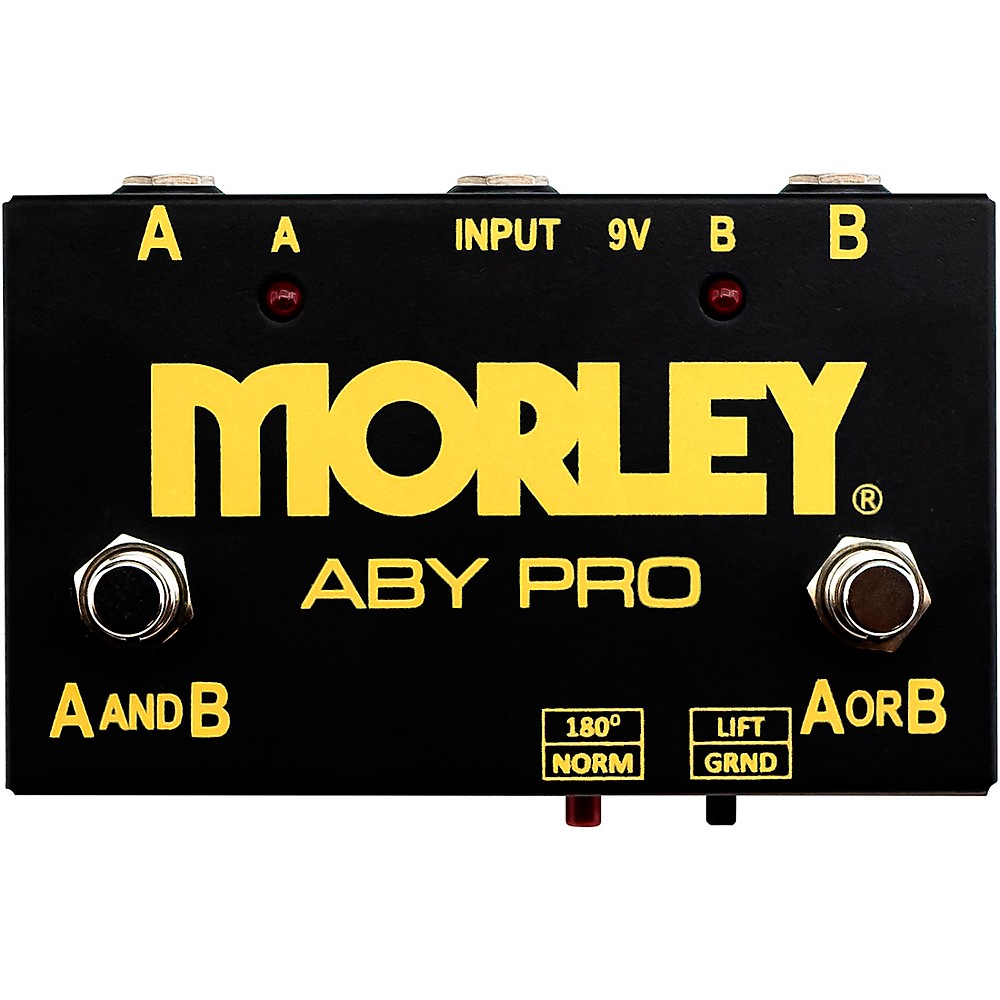
This switch splits your signal and sends it to two different amplifiers. Although you are sending the signal to two different amplifiers, due to the fact that you are sending the exact same signal to both amps, technically speaking this is an example of a "dual mono" signal chain rather than a truly stereo one.
In order to make this signal chain truly stereo, you would need to put an effect with stereo outputs before the two different amplifiers. If we replaced the Morley ABY switch with a Strymon Timeline, for example, this would do the trick.
The Strymon Timeline is a stereo effect and it will send a slightly different signal to the two different amplifiers. A common example of this is a ping pong delay effect, which is a slightly different delay trail sent to each amplifier and it gives your guitar signal a uniquely wide and really great sound. Since this pedal is stereo and it has two separate outputs on it, you do not need a splitter like the Morley ABY switch in order to send your signal to two different amplifiers.
Some people like to use a "wet and dry" approach to their stereo effects. This can mean different things for different people, but a great example of this is given in Premier Guitar's Rig Rundown video with guitarist Alex Rosamilia from the Gaslight Anthem.
At about 15 minutes into this video, Rosamilia describes how all of the time based/modulation effects on his board are sent to one amp while the other amp is completely "dry", affected only by the drive effects on his board. This is a pretty popular way of running a stereo effect chain and it can be really cool!
The Four Cable Method
Often abbreviated online to 4CM, the four cable method is when a guitarist, either with a digital multi effect system like the Kemper or the Line 6 Helix, or by using the effects loop in their amplifier places some of the effects in their signal chain after the amplifier.
If you consider our previously mentioned signal chain consisting of a guitar going into an Ibanez TS808 and then into a Strymon Timeline and then into two different amplifiers, we can use the effects loop (as long as each amplifier has an effects loop) to put the Strymon Timeline after the amplifiers in our signal chain. We can do this by going from the guitar into the TS808, and from the output of the TS808 into the input of the Morley ABY. From each output of the Morley ABY we would then go into the input of each amplifier. Then we would connect a cable from the "send" jack at the back of each amplifier where the effects loop is into both of the inputs on the Timeline. From there we need to connect a cable from each of the outputs of the Timeline into the "return" jack in the effects loop of both amplifiers. Now our Timeline is running in stereo in the effects loop of both amplifiers!
Digital Units and Stereo Effects
When I am working for artists as a freelance guitarist, I often use a Kemper. Kempers along with other comparable digital effects units like the Fractal Axe fx, the Line 6 Helix and even the Neural Quad Cortex are able to be used in stereo even without any stage volume. All you need to do is be sure that you are selecting stereo effects in the software and make sure that front of house sound is taking two stereo outputs from your digital unit in order for the delays and reverbs to be stereo in your monitors and at front of house.
In an effort to reduce the amount of processing done by my Kemper during a gig and to mitigate the risk of something going wrong, I also run a Line 6 HX Stomp in my signal chain. It took me a while to get it running the way that I want, and honestly I've never seen any videos or anything on how to do it the way that I do (although I'm sure I'm not the only person doing it this way) so let me explain my signal chain here.
The first thing that my guitar goes into is the Digitech Drop pedal.
This pedal flat tunes your guitar for you and it saves me having to fly or tour with multiple guitars. I can't say enough about this pedal and I recommend it to anybody who works as a freelancer. The Kemper and the HX Stomp can both do what this pedal does, but having it first in the signal chain makes it sound better, and it also frees up processing power on the Stomp and the Kemper. From the Drop pedal my signal goes into the HX Stomp.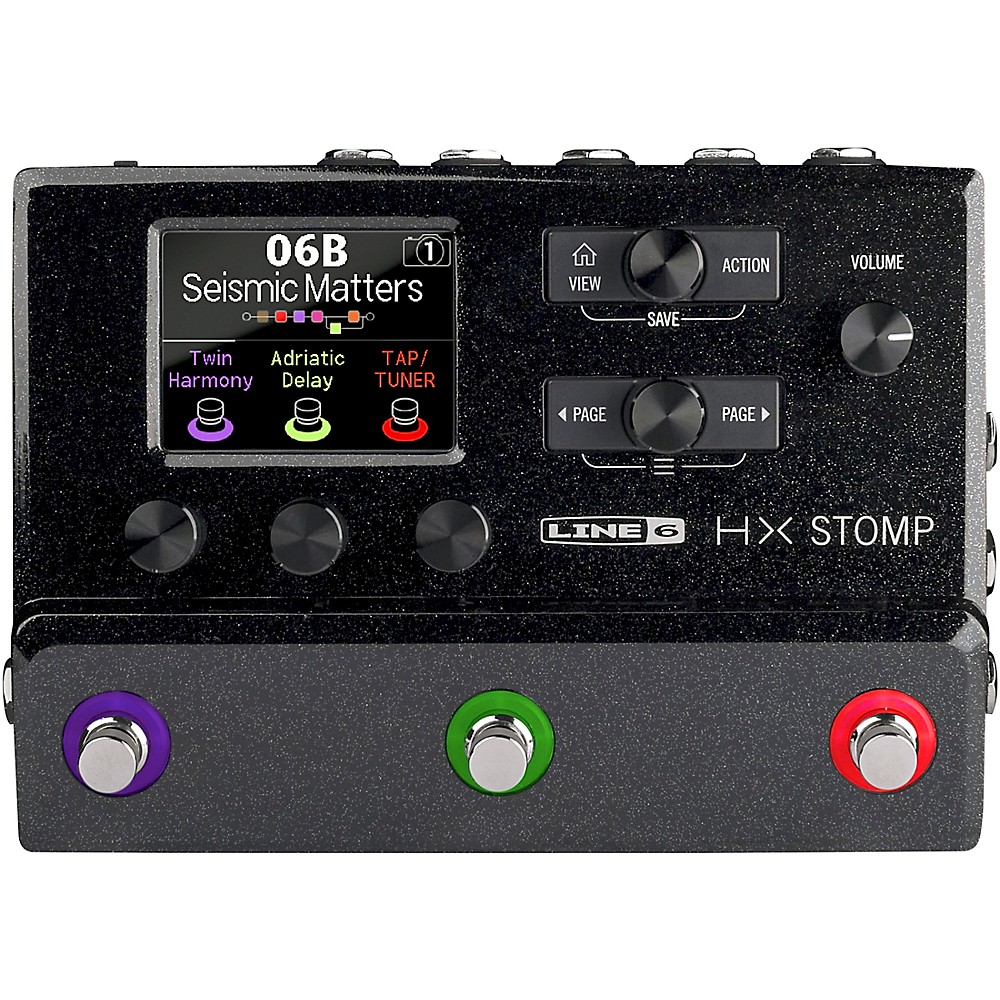
Inside the HX Stomp you can create a signal chain so no matter what else I am putting in my signal chain I always include an effects loop. From the "send" jack of the effects loop my next pedal is the Dunlop Mini Cry Baby.
I am very picky about wah pedals and not only is this one a great size, it's also the best sounding wah that I own (and I own many). Also I've never heard a wah that the Kemper or HX Stomp made using an expression pedal that I have ever been happy with. After the Mini Cry Baby my signal goes into the input of the Kemper.
In the Kemper software, just like in the HX Stomp software, I make sure that I create a stereo effects loop. Then from the "direct output/send" jack on the back of the Kemper I connect a cable to the "return" jack of the HX Stomp. Then, from the stereo outputs of the HX Stomp I go into both the "return input" and the "alternative input" jacks in the back of the Kemper.
By wiring the Kemper and the HX Stomp together this way, I'm able to create mono effects like overdrive or compressors or EQ that go ahead of the amp profile in the Kemper from either the Kemper or the HX Stomp. Also, I'm able to create stereo modulation or time based effects like reverb or chorus or delay from either the Kemper or the HX Stomp that are placed after the amp profile.
I hope this article was able to give you some answers about what it means to have a stereo guitar setup, and I hope you're able to take this information and maybe try something new! I'm always happy to answer comments or concerns, and thank you so much for checking out my thoughts on this subject.
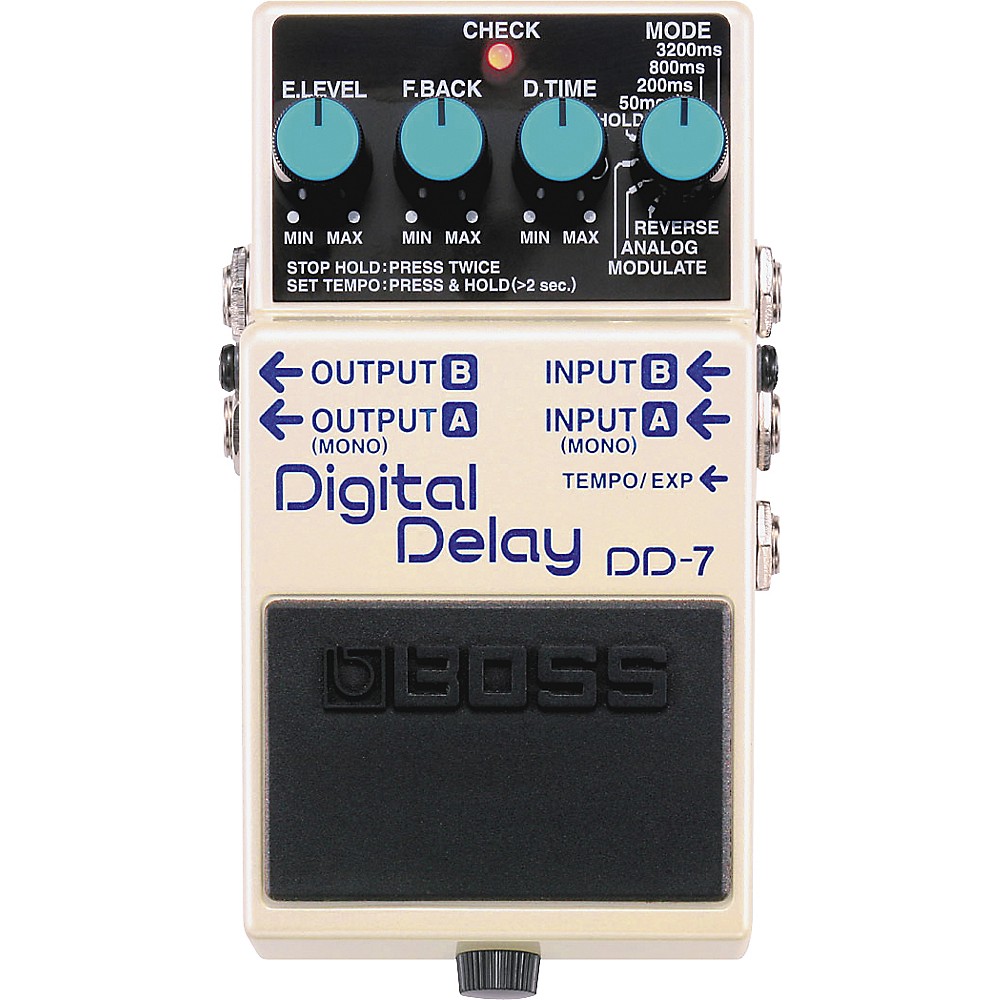
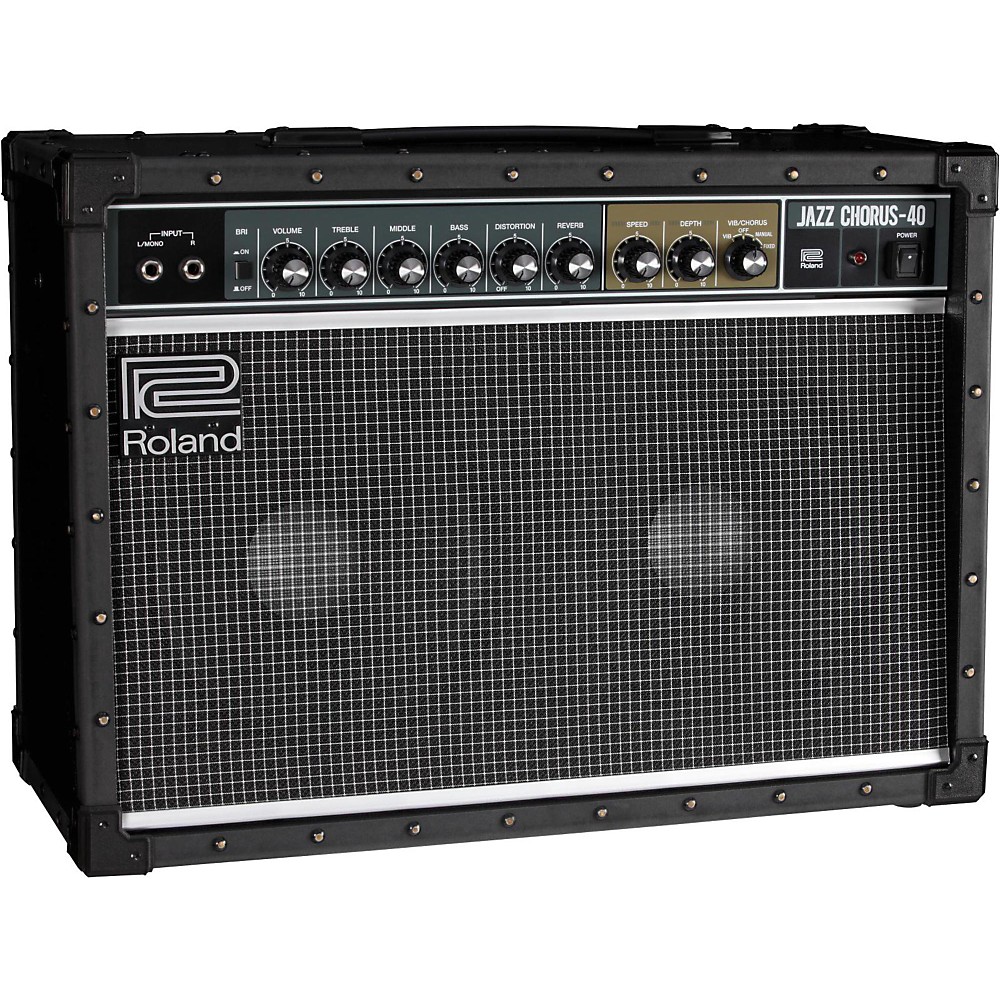
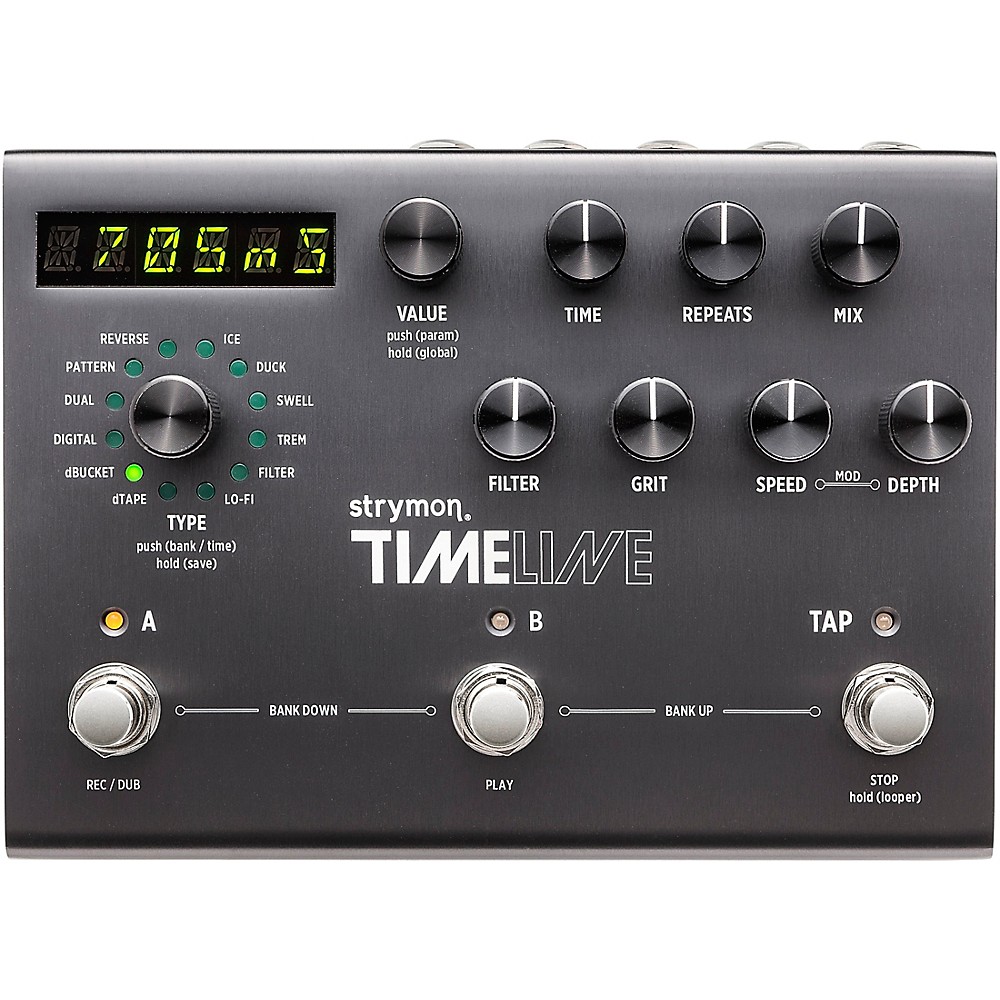
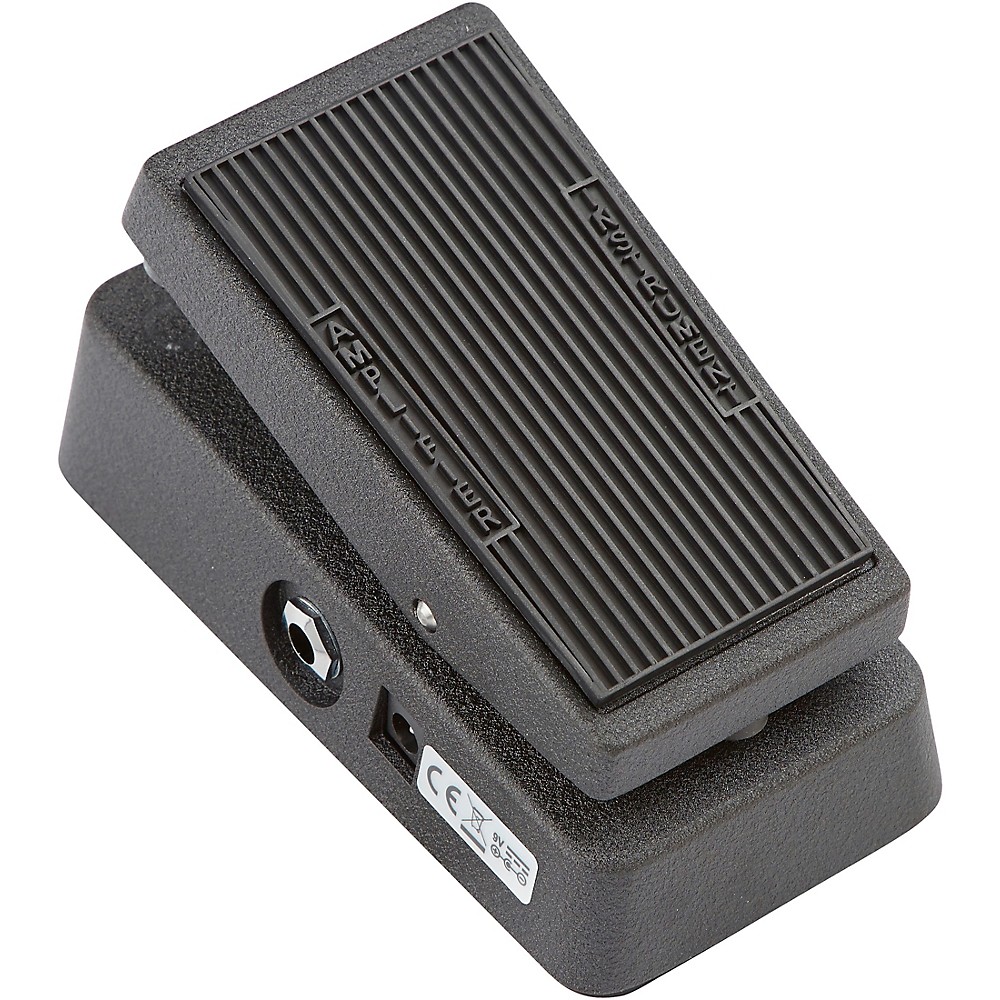
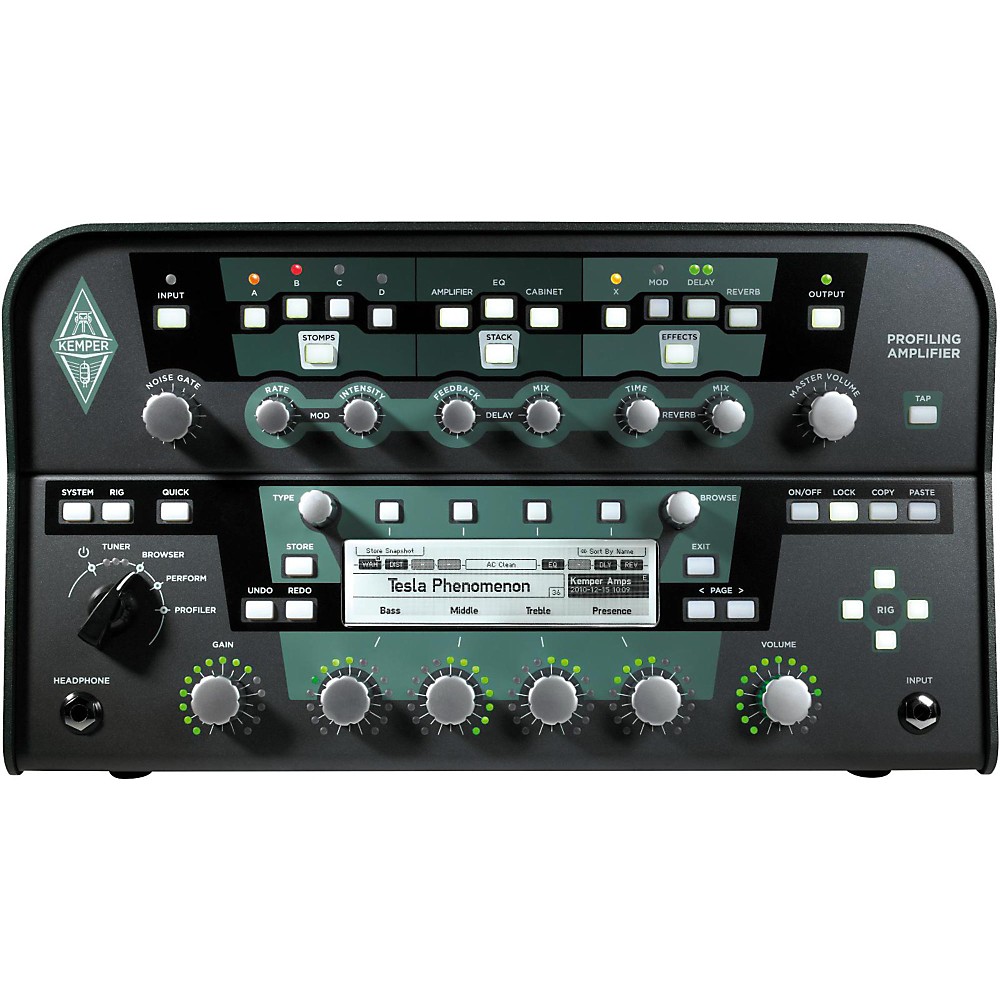
Interestingly you did not talk at all about true stereo functionality like from an es 355 directly into two seperate amps where one speaker gets the signal from one pick up and the other amp gets the signal from the other pickup. The same can also be acomplished with one amp that is true stereo like a Gibson Ga 79, where each pickup goes to a different speaker on a wedge shaped amp.
Interestingly you did not talk at all about true stereo functionality like from an es 355 directly into two seperate amps where one speaker gets the signal from one pick up and the other amp gets the signal from the other pickup. The same can also be acomplished with one amp that is true stereo like a Gibson Ga 79, where each pickup goes to a different speaker on a wdge shaped amp.
Leave a comment